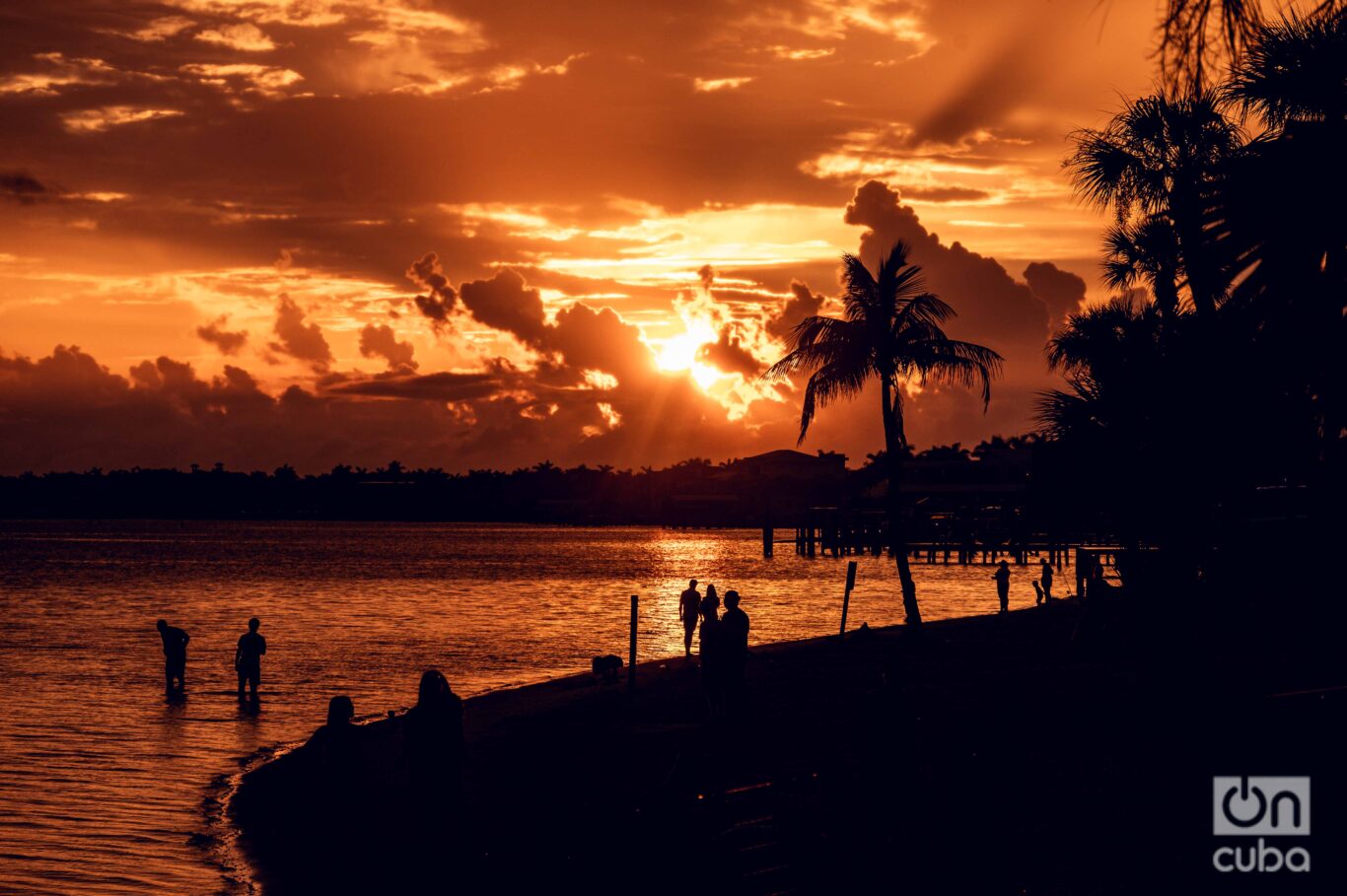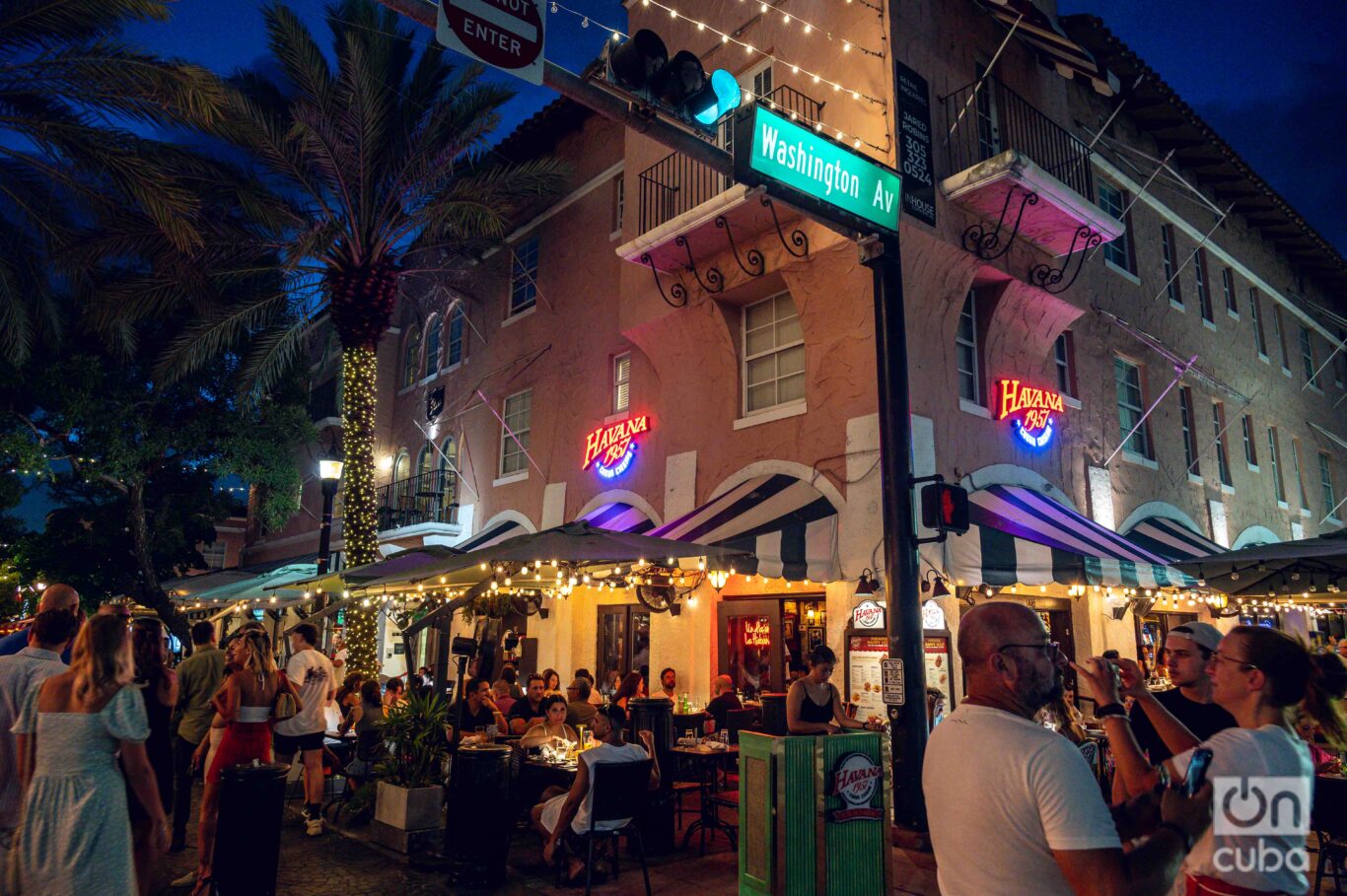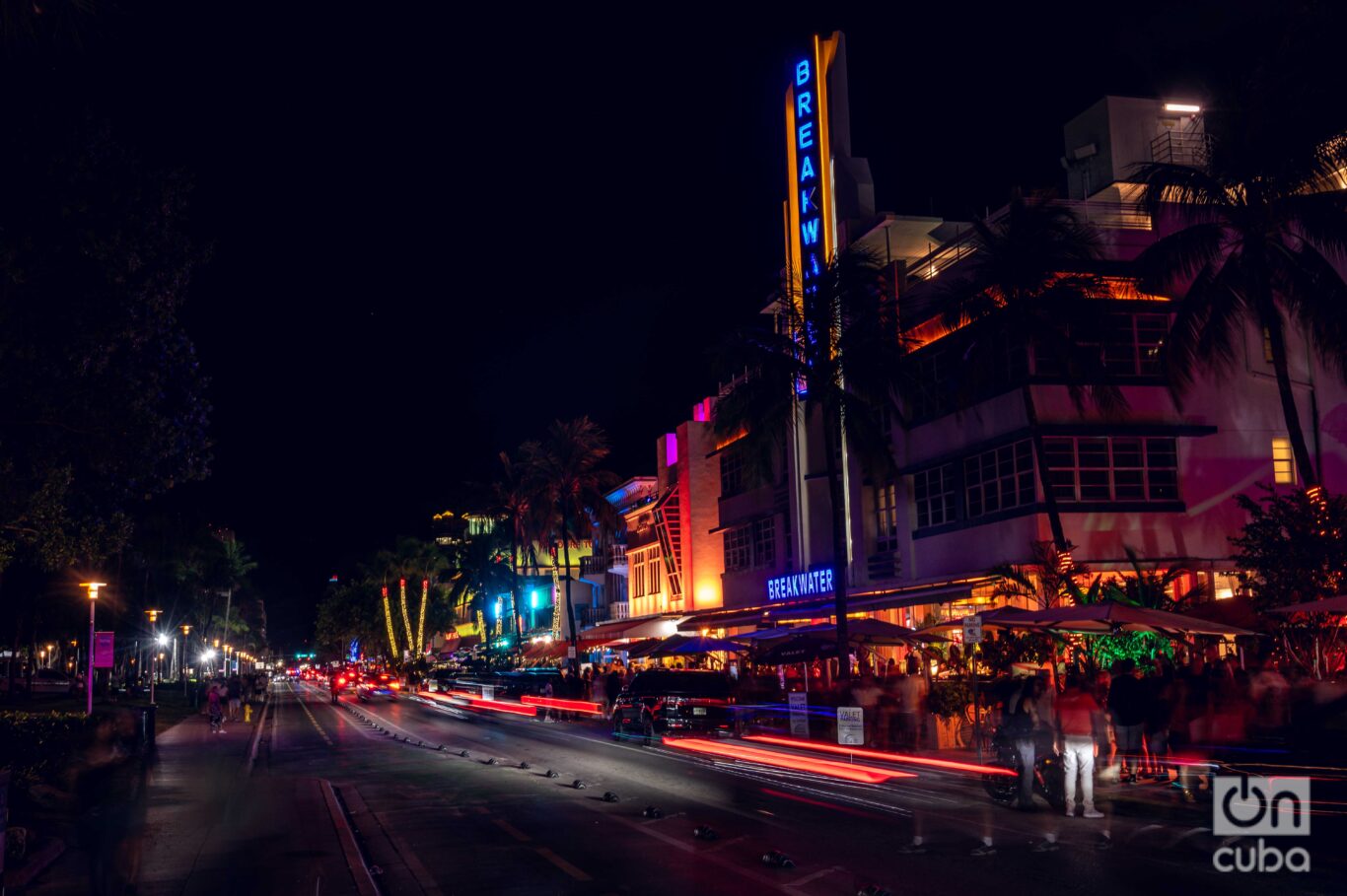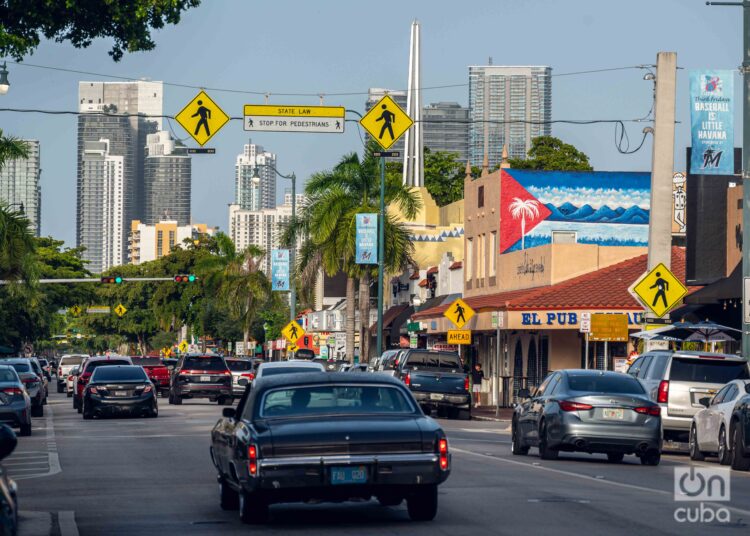For as long as I can remember, in Cuba we have heard that a neighbor, a friend or a relative “left for the Yuma.” That destination, “shrouded in a cloud of mystery,” as Frank Delgado sings, woven with stories of prosperity, danger and nostalgia, alludes to the United States, but above all to Miami.
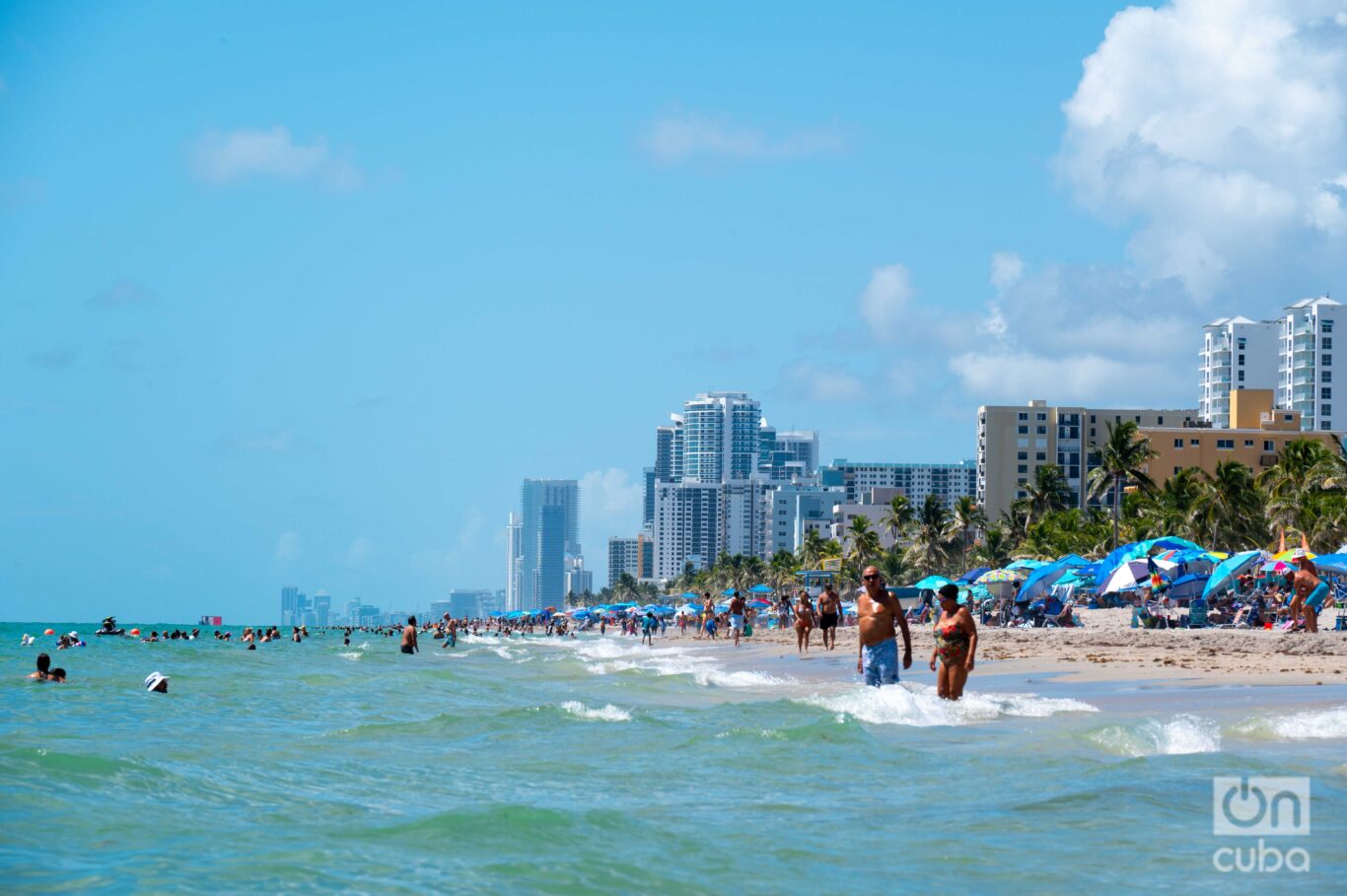
For the island, Miami is more than a city: it is a foreign and at the same time close world, especially since phones have Internet. We know it through the stories of emigrants, the remittances that arrive and the images — too often distorted — offered by political speeches, social media and the means of communication. As often happens, reality is much richer and more complex than any caricature…even when contact with it does not exceed a week. That was the case a few months ago, when I visited that corner of South Florida, with a mix of expectations and emotions.
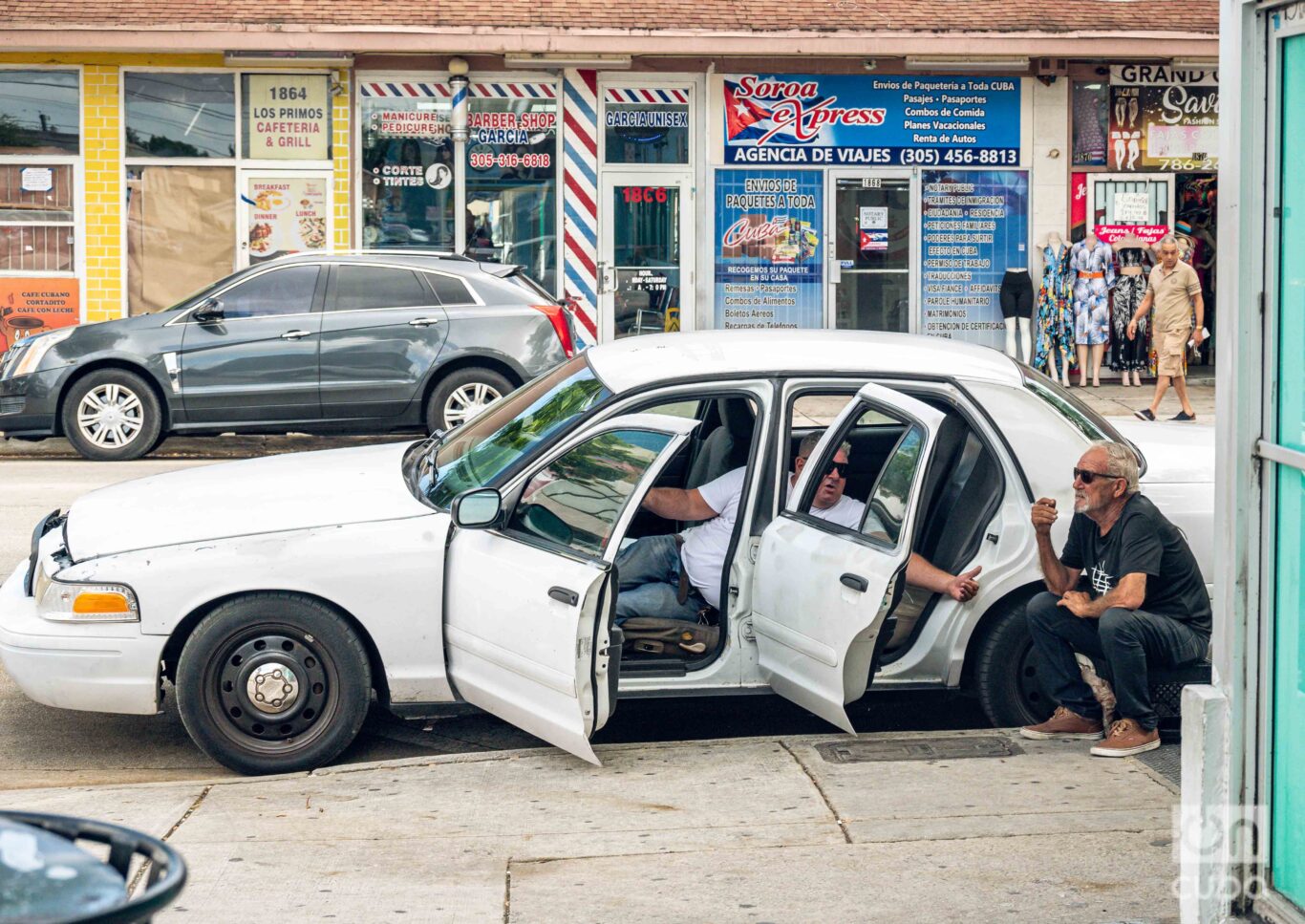
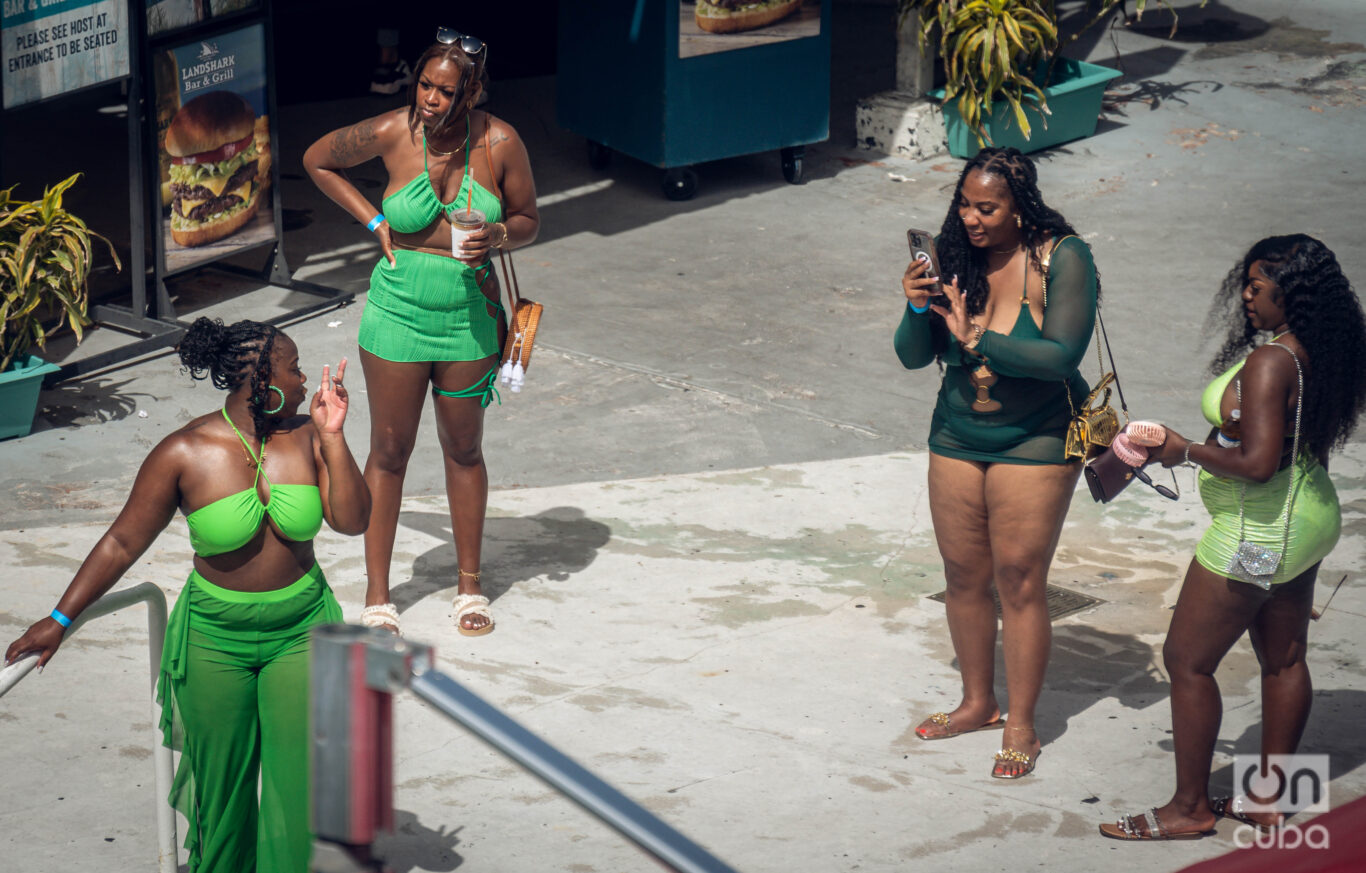
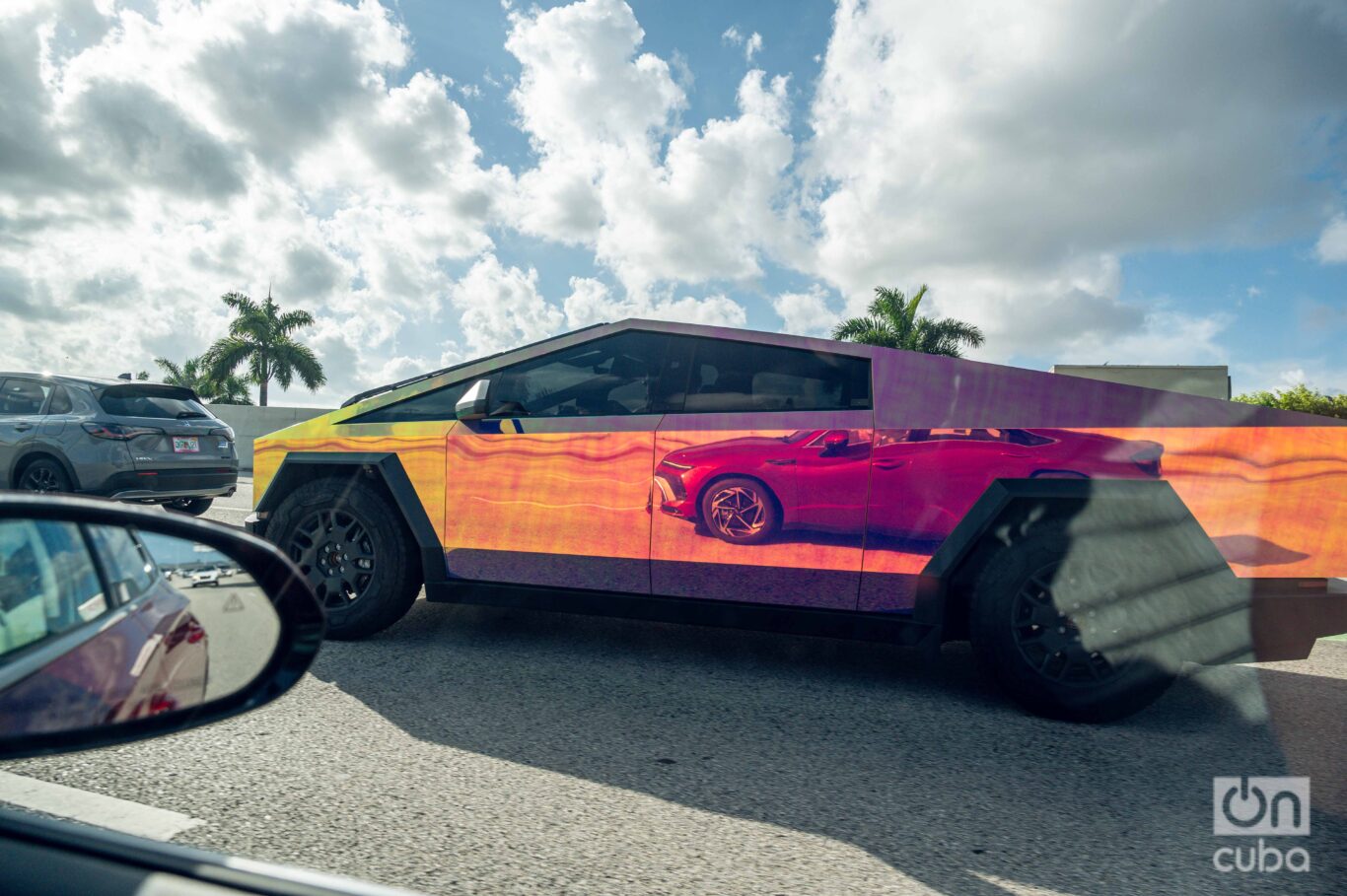
The city welcomed me with a big hug. Two lifelong friends, with whom I shared joys and sorrows since my teenage days in Cuba, were waiting for me at the airport. I hadn’ot seen them for more than a decade. That hug was a sign that, despite the time, distance and different directions our lives took, some connections remain intact. They were in charge of showing me the city. Their city.

The wide avenues, the overwhelming distances and the scarce presence of pedestrians on the streets made me realize that it is a city designed to move by car. The dimensions are such that one feels like a grain of sand in an immense desert of asphalt, an observer lost in a gigantic and artificial panorama.
However, there are micro-universes that break that dynamics. Miami is, above all, a multicultural mosaic in which people from all over the world coincide. Here the stories of hundreds of thousands of Latinos who came looking for an opportunity are intertwined. Therefore, although English is the official language, in many areas Spanish predominates, something that made me feel at home, although in a different environment.
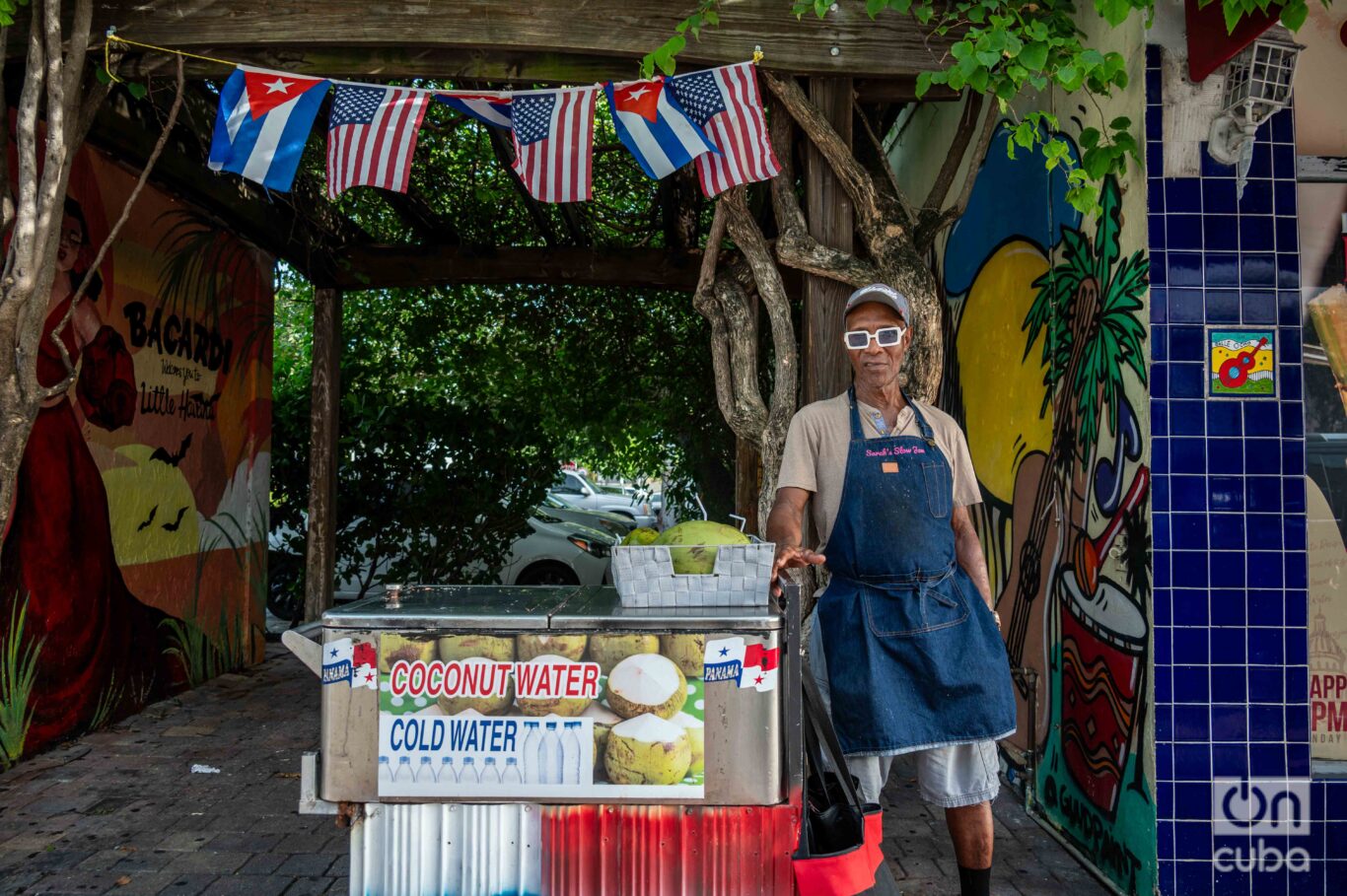
One of those places is Little Havana, a must-see if you are Cuban. There, in that neighborhood full of Cuban nostalgia, encounters and chats on the corners are part of daily life. It is a corner where Cuban roots took hold, where symbols, music, colors and smells keep an identity alive.
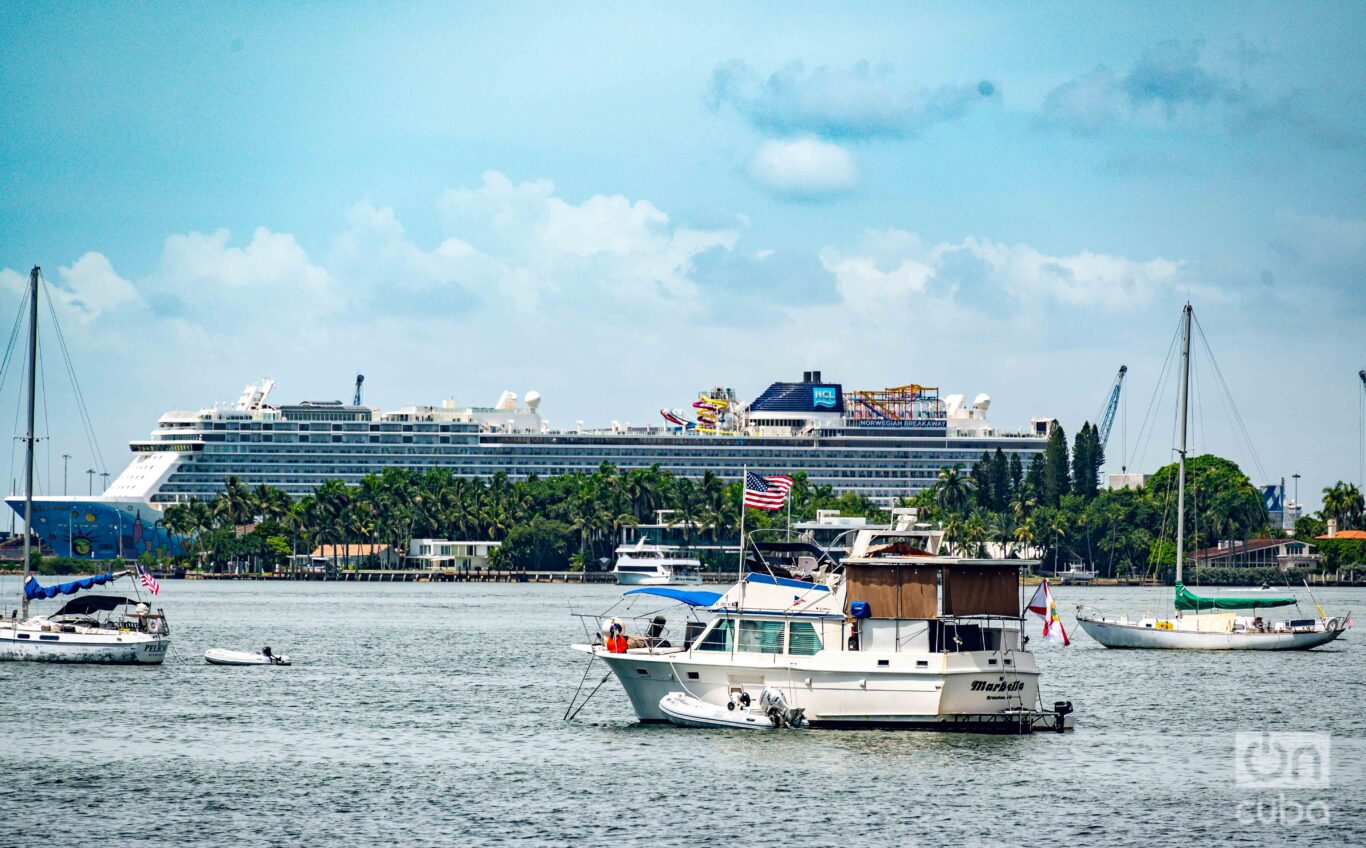
It is impossible to talk about Miami without mentioning the Cuban diaspora, which is fundamental to the character of the city. Although times have changed and younger generations are distancing themselves from the experiences of their grandparents, the Cuban legacy remains an essential part of the city’s identity. It is not only evident in places like Little Havana, but also in the role that Cuban-Americans have played in local politics, economy and culture. Miami would not be what it is today without the presence and impact of Cubans.

The city also shows other faces: it is a city of consumption and excess, with yachts and cruise ships, large shopping centers and skyscrapers. The coexistence of two worlds is striking: that of opulence and that of sacrifice, both coexisting at every step.

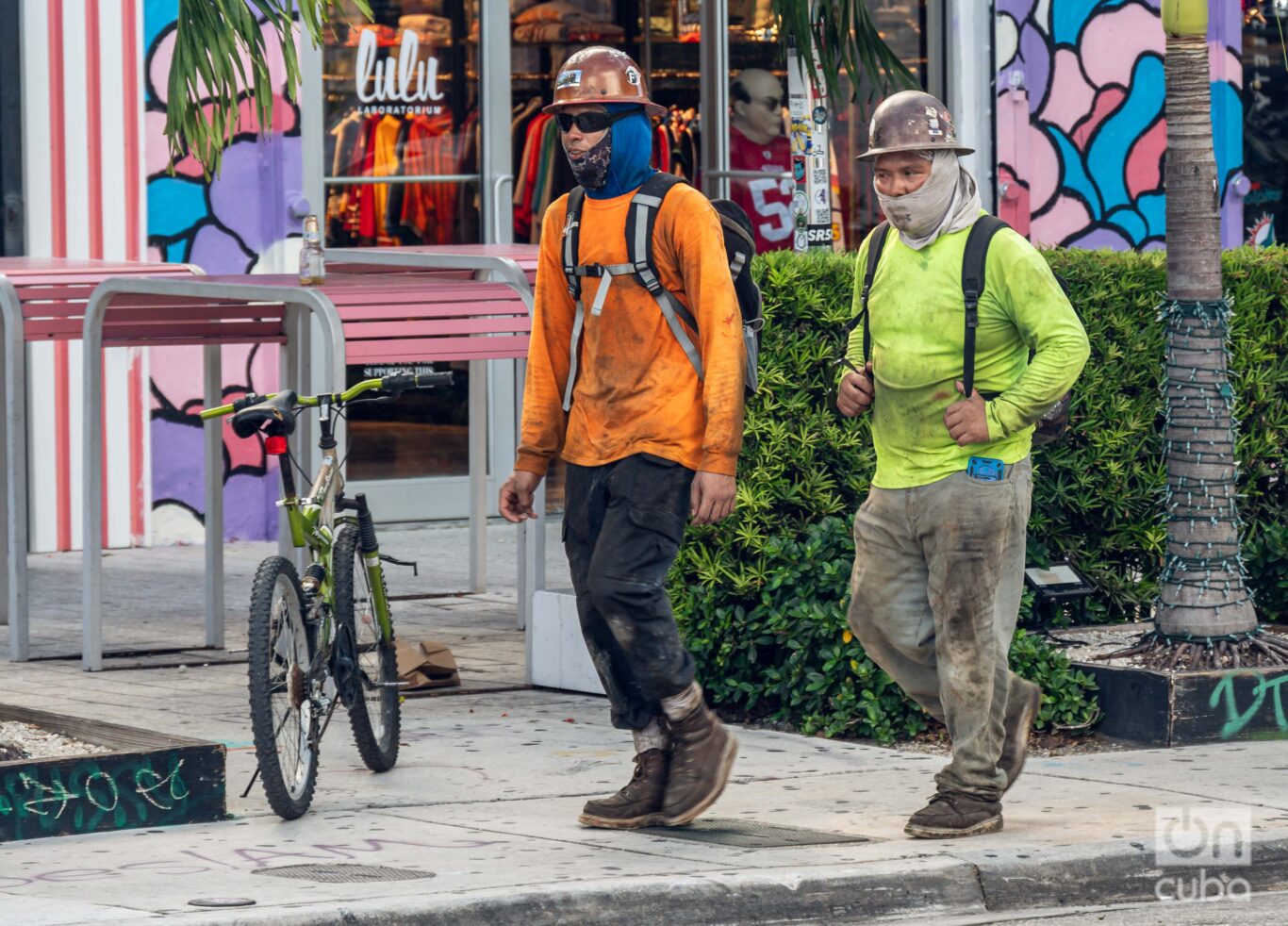
This duality showed me that Miami goes far beyond stereotypes. It is a city of contrasts, where tradition and modernity coexist, and cultural diversity is a constant that manifests itself in unexpected ways. It is a corner of the world that, like so many others, escapes simplifications.
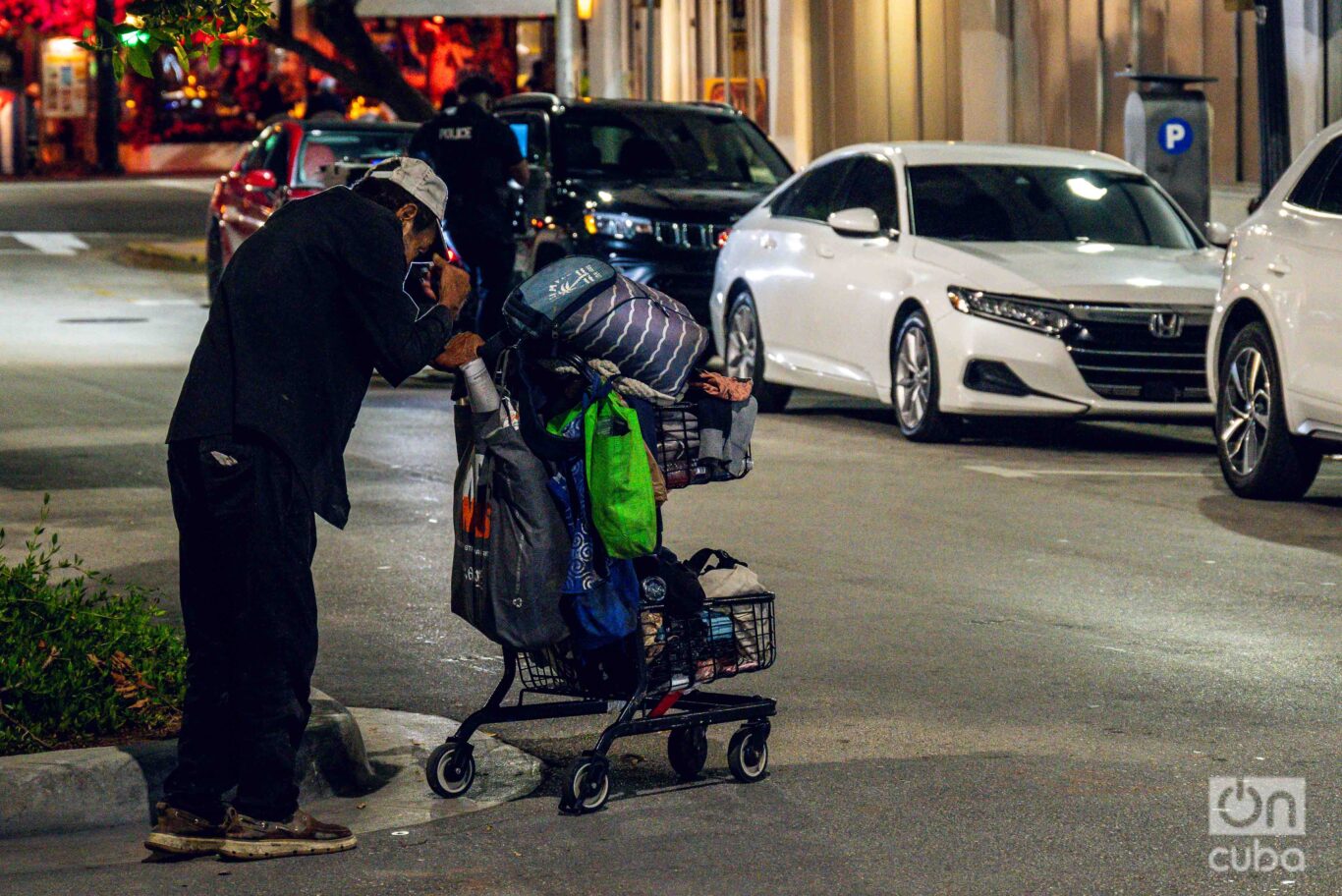
Miami is a place of encounters and disagreements. Here dreams sometimes come true, but they can also become long struggles. It is a space that defies expectations and, by its very nature, forces us to look beyond the tourist postcard and, above all, beyond the stereotypes.
